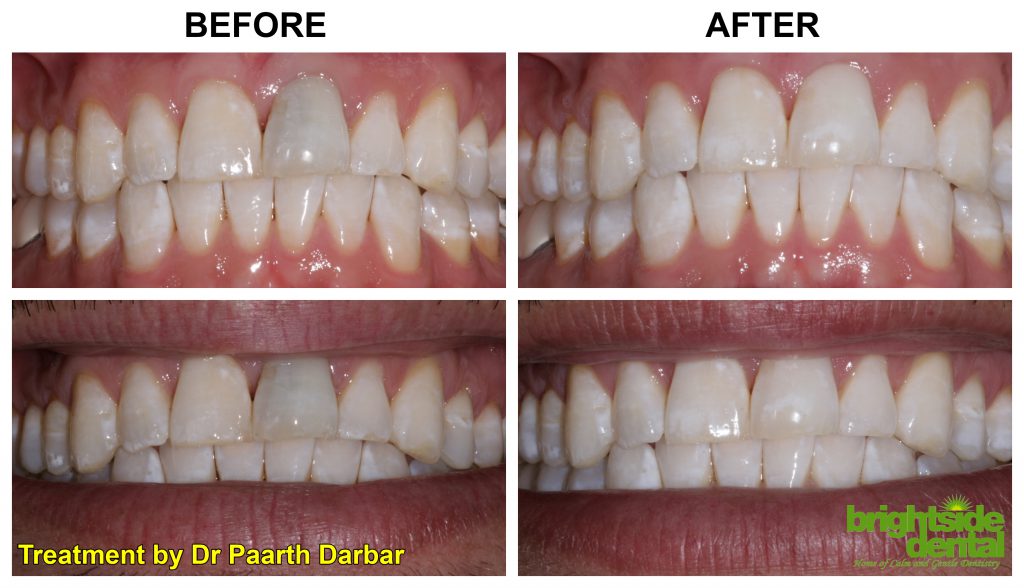Root Canal Food After

After undergoing a root canal, it’s essential to be mindful of the foods you eat to ensure a smooth and comfortable recovery. The goal is to avoid irritating the affected area, allowing your mouth to heal properly, and preventing any potential complications. Here’s a comprehensive guide to help you navigate the best foods to eat after a root canal, along with some expert tips and insights.
Immediate Post-Procedure (First 24 Hours)
During the first 24 hours after the procedure, your mouth might be numb from the anesthesia, and the area around the tooth could be tender. It’s crucial to choose foods that are soft, easy to chew, and won’t require much chewing or biting force.
- Yogurt: High in calcium and protein, yogurt is a soothing and nutritious choice. Opt for plain, unflavored varieties to avoid any potential irritation from sugars or acids.
- Soups: Broths and clear soups are excellent options as they are easy to consume without needing to chew much. Avoid soups that contain hard particles or nuts.
- Mashed Potatoes: These are soft, easy to eat, and can provide necessary carbohydrates for energy.
- Scrambled Eggs: Eggs are a good source of protein and are soft enough to not cause discomfort.
- Applesauce: While fresh fruits are generally good, applesauce is recommended over whole apples because it’s softer and easier to eat without chewing much.
- Jell-O: Similar to yogurt, Jell-O is soft and comes in various flavors, making mealtime more enjoyable.
Post-Procedure (After 24 Hours)
After the first day, you can gradually introduce more foods into your diet, still focusing on soft and easy-to-chew options but expanding to include slightly firmer foods.
- Pasta: Soft-cooked pasta can be a good choice. Avoid anything with hard nuts or seeds.
- Fish: Soft, flaky fish cooked until it’s tender is a good protein source.
- Avocado: While not entirely soft, mashed or very ripe avocado can be a nutritious addition.
- Cooked Vegetables: Vegetables like carrots, zucchini, or green beans, when cooked until they’re very soft, can be added to your diet.
- Smoothies: Blending your favorite fruits and yogurt can make for a satisfying and easy-to-eat meal. Be cautious with the temperature to avoid sensitivity.
Foods to Avoid
It’s equally important to know which foods to avoid to prevent discomfort and ensure the root canal site heals properly.
- Hard Foods: Nuts, hard candies, ice, and raw vegetables can irritate the area or even dislodge the temporary filling if one has been placed.
- Sticky Foods: Foods like caramel, toffee, or dried fruits can stick to the temporary filling or the tooth, potentially dislodging it.
- Hot or Cold Foods/Drinks: Extreme temperatures can cause sensitivity in the tooth that underwent the root canal. Try to consume foods and drinks at room temperature.
- Acidic or Spicy Foods: These can irritate the mouth and potentially cause discomfort around the root canal site.
Additional Tips
- Drink Plenty of Water: Staying hydrated is crucial for healing and overall health.
- Chew on the Opposite Side: Until the tooth feels comfortable, try to chew your food on the opposite side of your mouth to minimize irritation.
- Avoid Using a Straw: The suction motion can dislodge the temporary filling.
- Follow Your Dentist’s Instructions: Your dentist might have specific dietary advice based on your procedure and individual healing process.
FAQs
How long after a root canal can I eat normally?
+Most people can return to their normal diet within a few days to a week after the procedure, depending on the complexity of the root canal and how their mouth heals. It's essential to follow your dentist's specific advice.
Can I drink coffee or tea after a root canal?
+Yes, but it's recommended to wait until the numbness from the anesthesia has worn off to avoid burning your mouth. Also, be mindful of the temperature to avoid sensitivity.
Do I need to follow a special diet if I have a temporary filling?
+Yes, it's crucial to follow a soft food diet and avoid chewing on the side of the mouth with the temporary filling to prevent it from coming out before the permanent restoration is placed.
By being mindful of what you eat after a root canal and following your dentist’s advice, you can help ensure a smooth recovery and minimize the risk of complications. Remember, the goal is to be gentle with the affected tooth and allow your mouth the best chance to heal properly.


